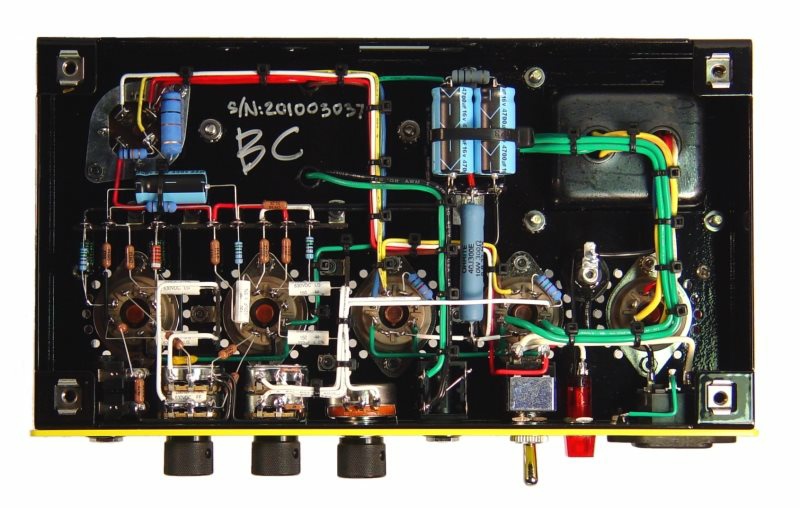I don't have an after shot, suffice it to say I replaced the two F&T caps on this friend's amp to fix a shoddy, amateurish repair by someone that at least used good caps. The person simply clipped the leads and soldered the new caps on the old leads so they didn't have to remove the board. It's an HRD so it's a pain to get the board out but still...
And you can guess what happened underneath the board. Yep, the connections became unsoldered.


And you can guess what happened underneath the board. Yep, the connections became unsoldered.





Comment